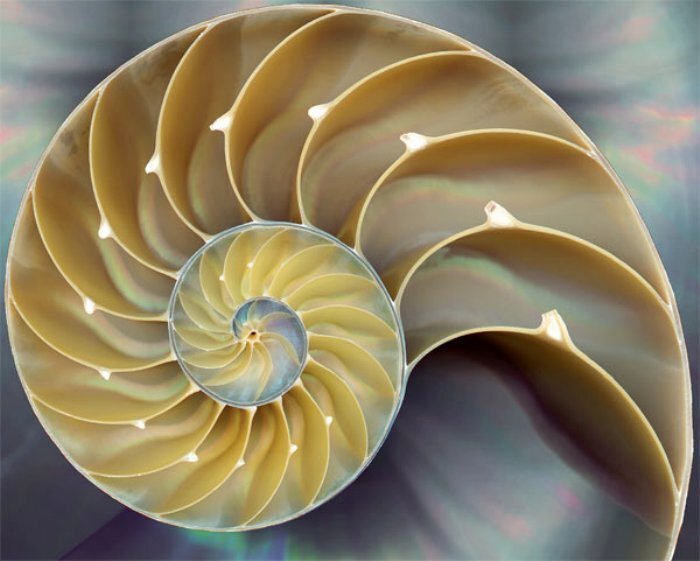Limping from back pain
How common is limping from back pain among relatively healthy adults? We typically attribute the cause of pain to weakness of the back. Actually, the pelvic muscles that we can neither see or nor feel are a very important aspect of back pain. For adults who are relatively sedentary, and sit on chairs instead of the floor, the entire internal pelvic structure is weak. They rarely use their pelvic muscles to stand up from sitting on the floor, so they become weak. What can you do to overcome this weakness? First, let's look at the cause more carefully.
The inherent weakness of the pelvic structure.
Apes have small hips and they use their arms to walk. Their arms are built-in canes. Our relatively large hips cannot easily support our erect posture. Mainly when our posture is also unbalanced our hips feel the pressure.
Muscles for standing and sitting are hidden
You cannot see the muscles used for standing and sitting. These postural muscles are hidden, so training them is subtle. In the above anatomical photo, the external large muscles and bones of the pelvis have been cut away to expose the complex small muscles inside. For fast action, we need that external structurer. What about the long periods of passive standing or sitting?
Can you dismiss back pain as aging?
The amount of time that we spend relaxing postural muscles increases with age. Yet, exertion and coordination of a large number of small internal muscles are essential to strengthen them. If you look at the criss-cross structure of the muscle connecting the hips and spine to the legs, you can see why a long list of pelvic problems should occur. All those muscles must be balanced and be strong enough to endure the stress of our erect posture. Otherwise, the smallest strain causes major problems in daily life. The familiar limp is just one symptom. As our posture becomes more unbalanced with age, the stress on pelvic muscles is even greater. If you think about the causes of typical lower back pain among the elderly, or even middle-aged folks, you realize that it is not phenomena that should be dismissed as “aging.”
Squatting is normal
Different “squats”
Globally speaking, most people train themselves by relaxing into a low squat. Squatting is a normal position for working and resting in most of the world. Thus, most people in non-chair cultures exercise their pelvic muscles throughout the day. In chair-dependent cultures, "squats" are the name of a weight lifting exercise. Only a small percent of us do squats in a gym. The rest of us become weak with age until we require a hip replacement. Adults who can rest while squatting are rare in our chair-dependent cultures.
There are many ways to learn to love the floor. Yoga, Aikido, and wrestling are just a few examples. The problem is, these are not everyday activities for most of us. Most people need much simpler ways to avoid gradual imbalance and eventual extreme solutions such as knee or hip replacement.
Stretch resistance to recover from back pain
Obviously, exertion of the pelvic muscles is essential. But, if your posture is unbalanced, strengthening the part that hurts will not do enough to relieve the pain. First, the joints that attach to your hurt muscles need to reach a comfortable range of motion. As a first step, I suggest stretch resistance for 15 minutes a day. I have put together a video to introduce stretch resistance and there are many more detailed videos on the web. Once you are able to move, you have many choices. For me, not getting bored with exercise is key. I have put together a booklet to encourage you to improvise if creativity is the spice of life for you. If you like routine, an interesting exercise is not necessary. Stretch resistance exercises are designed to meet your personal needs. If currently your some part of your body hurts and it is related to the pelvis or spine, a multifaceted exercise program is important.
Homeopathy to overcome other problems related to these structural problems.
Midline cut of the torso
Homeopathy to support structural treatment of back pain
The above photo reveals organs that can directly affect the structural alignment of the pelvis.





